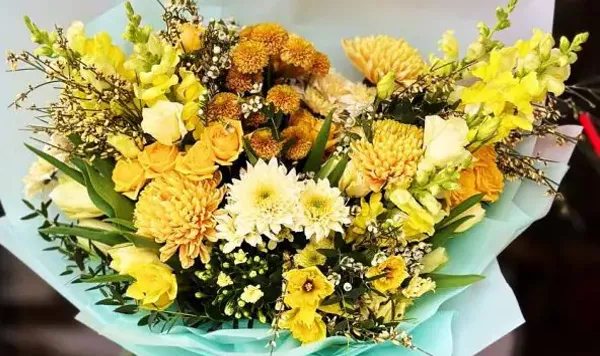Shop
Category
Wedding
Flowers
- 25 Rose Bouquet
- 50 Roses Bouquet
- Alstroemeria
- Anemones
- Anthurium
- Astilbe
- Calla lilies
- Camomille
- Carnations
- Chamomile
- Chrisantemum
- Chrysanthemum
- Craspedia
- Dahlia
- Dianthus
- Exotics
- Fall Flowers
- Freesia
- Gerbera
- Gypsophila
- Hydrangea
- Ilex
- Lilac
- Lisianthus
- Mystic rose
- Orchid
- Peonies
- Peony Roses
- Protea
- Ranunculus
- Rose
- Spring Flowers
- Statice
- Summer Flowers
- Tulips
- White rose
- Peony
- Mixed Bouquet
- Rose Spray
- Silva Pink
Occasion
- Anniversary
- Birthday
- Bosses Day
- Budget Flowers
- Canada Day
- Christmas
- Corporate Event Flowers
- Corporate Gifts
- Everyday Flowers
- Father's Day Flowers
- For a first date
- For beloved
- For Celebrations
- For Funerals
- For Hospitals
- For kids birthday
- For Newborns
- Friendship Flowers
- Get Well Soon
- Graduation
- Grandparents Day
- Halloween
- Housewarming
- I'm Sorry Flowers
- Just Because
- Loss Pet
- Love & Romance
- Mother's Day
- New year
- Patrick's Day
- Remembrance Day
- Retirement Flowers
- Safe For Pets
- Sundays
- Sympathy bouquet
- Sympathy Flowers For The Family
- Sympathy Flowers For The Service
- Thanksgiving
- Valentines Day
- Wedding
- Women's Day
Other
Special offers
